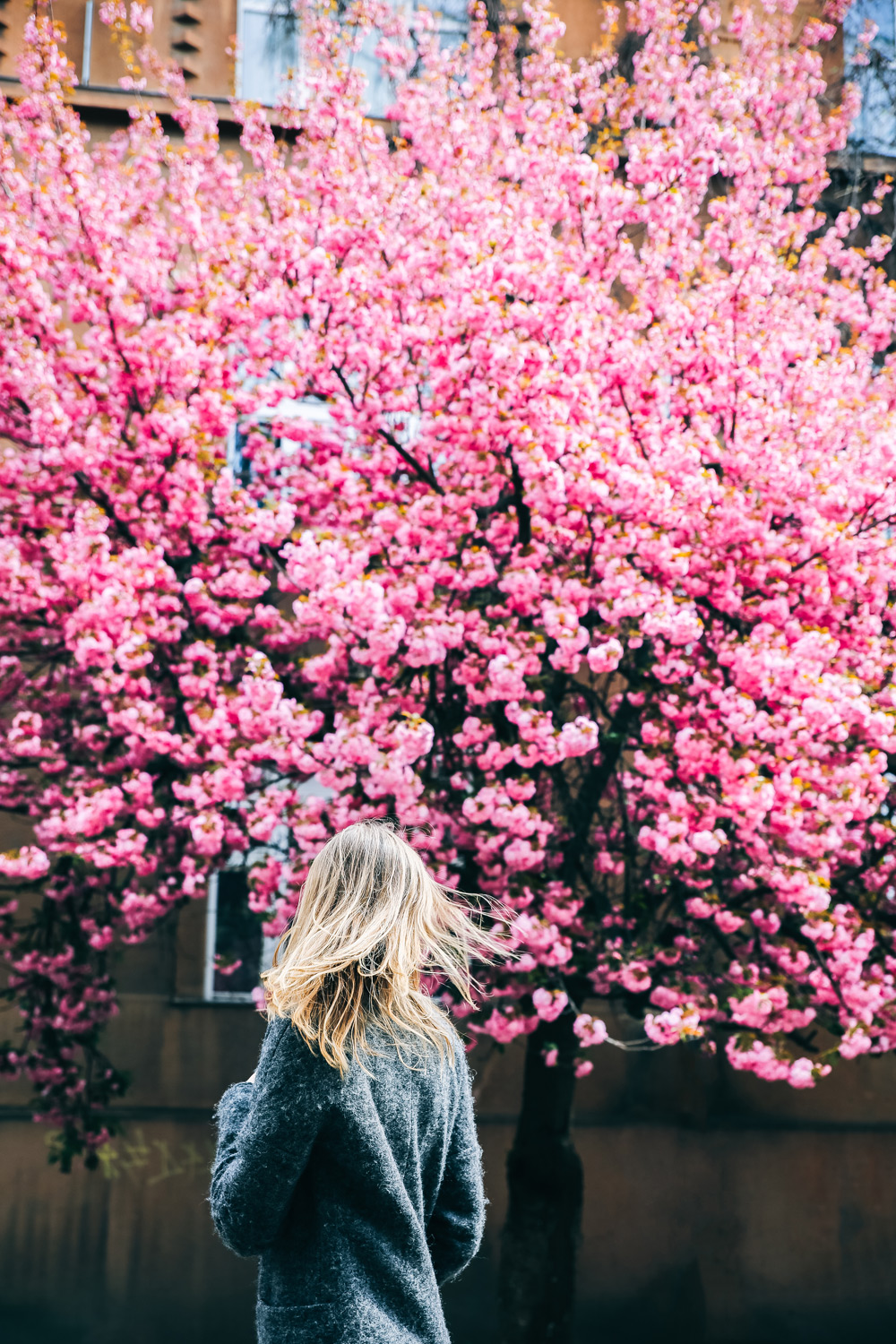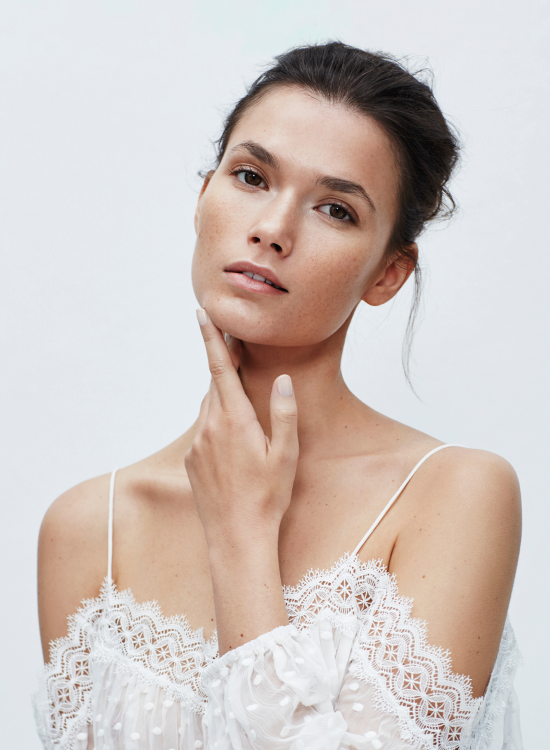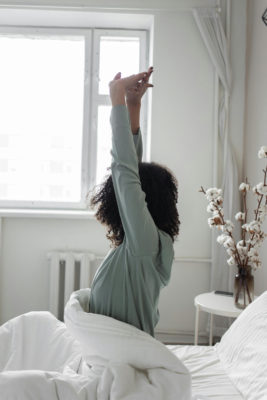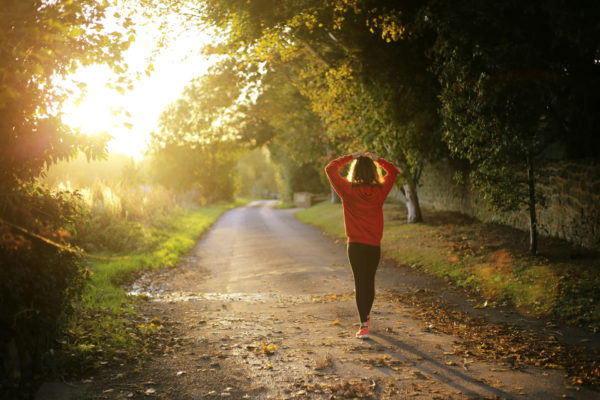
Can TikTok’s Colour Walking Trend Actually Reduce Stress?
By
4 months ago
A psychologist weighs in on the latest viral walk
First we had the hot girl walk, which saw TikTokers donning their best activewear and embarking on a four-mile stroll while listening to an inspirational podcast. Then came silent walking: a mindfulness exercise created as an antidote to the frenetic modern day world. And now a new trend has gone viral, colour walking, which encourages people to mindfully connect with the outdoors by focusing on the various hues in the surrounding landscape. Of course all movement is beneficial for our health, but can fixating on particular shades during our daily stroll around the park really boost wellbeing?
What Is Colour Walking?
Noticed an injection of colour on your FYP recently? That may be because of the latest burgeoning wellness trend, colour walking. This is a new type of mindful walk in which you notice one colour at the beginning of your excursion, then continue to notice it throughout. For instance, you might spot a yellow car, then a daffodil, then a dog collar and so on. The aim is to encourage you to move away from your everyday thoughts and be in the present, noticing the beauty of the world around you.
‘Many of us go through the day on autopilot, disconnected from where we currently are in the world,’ says psychologist Dr Emma Palmer-Cooper. ‘A colour walk shifts focus to the present moment, helping you feel grounded and engaged with nature. Choose one or two colours and actively seek them out as you walk. If you find your mind wandering, gently bring your attention back to your chosen colours.’
@juicyjrockwill be participating again this was fun
What Are The Benefits?
Colour walking is all about mindfulness, which encourages us to stay present and can be helpful for dealing with stress and improving cognitive function. There are a whole host of benefits associated with being out in nature too, including boosting mood through sunlight exposure, lowering anxiety levels and reducing cortisol levels.
‘Paying mindful attention to nature can cultivate positive emotions and a deeper sense of connection – to nature, others, and life itself,’ notes Palmer-Cooper. ‘Noticing details and colours in the moment can also help set aside past, present and future worries. If mindfulness is something you find challenging, a colour walk offers a simple, structured way to pay attention and stay present in your surroundings.’
A colour walk can also enhance emotional awareness and boost creativity. For extra benefits, Dr Palmer-Cooper suggests reflecting on how the different colours and surroundings make you feel. ‘Paying attention to the emotions you experience during these moments can increase the effects.’
We all know how important walking is for our physical health too. A study published in the Journal of Women’s Health linked walking to a reduced risk of all-cause mortality, helping lower your risk of developing diseases like type 2 diabetes, osteoporosis and heart disease.

Unsplash
How Often Do We Need To Do It?
So how often should we be embarking on colour walks to reap the rewards? There’s no specific figure, but Palmer-Cooper says regularity is key with these sorts of practices. ‘Research shows that regular mindful practice, such as colour walks, builds resilience by improving psychological wellbeing and reducing stress. The key is engagement, choosing a colour you love, or walking in a space that brings you joy makes commitment easier. Regular practice can turn this into a regular, happy habit.’
The walk doesn’t need to be long either: one study from 2024 published in the British Journal of Health Psychology found just ten minutes of mindfulness each day can help boost mental health, ease depression and anxiety, and encourage motivation with exercise. And from the physical side, just 20 minutes of movement per day lowers your risk of being hospitalised in the future, according to research published in JAMA Network.









